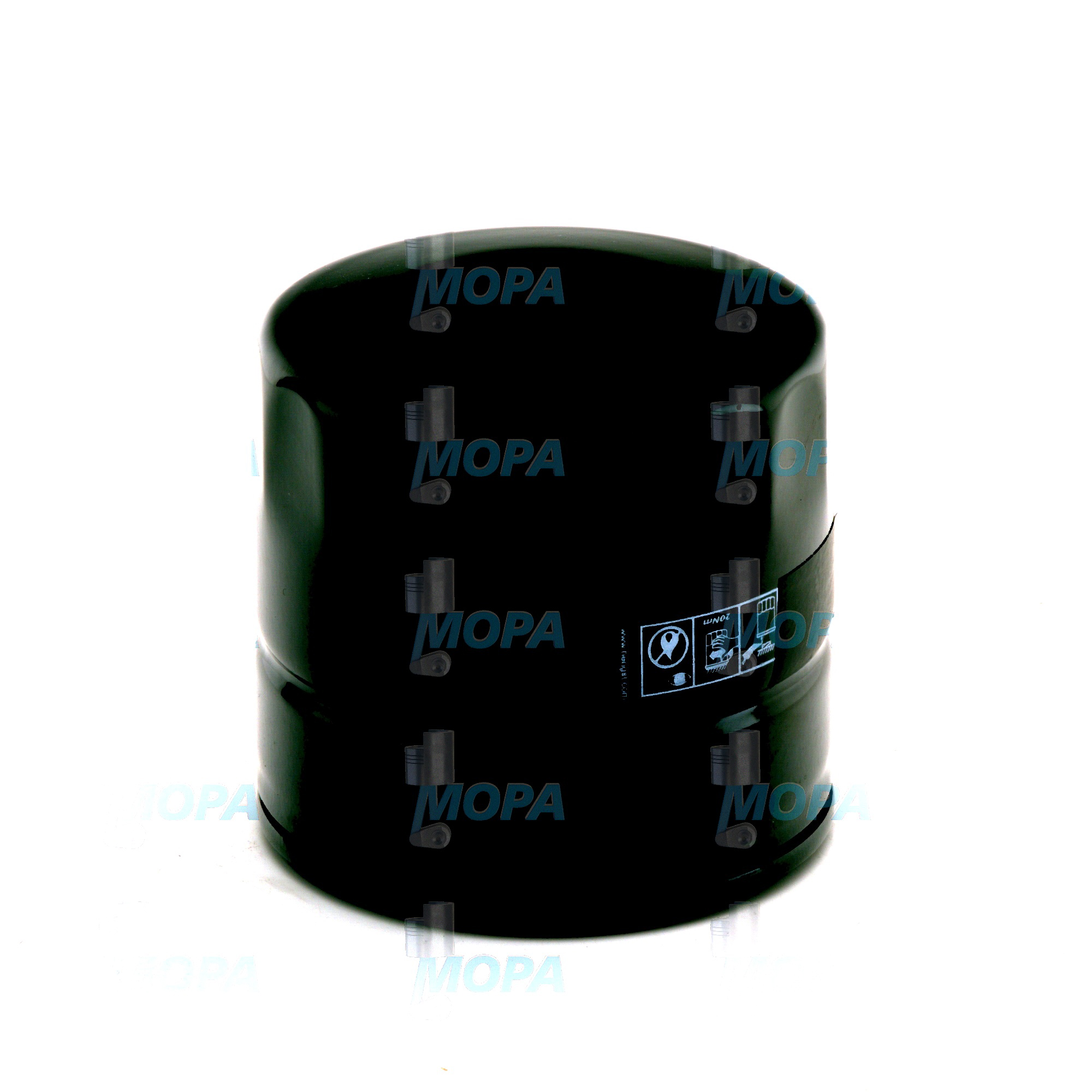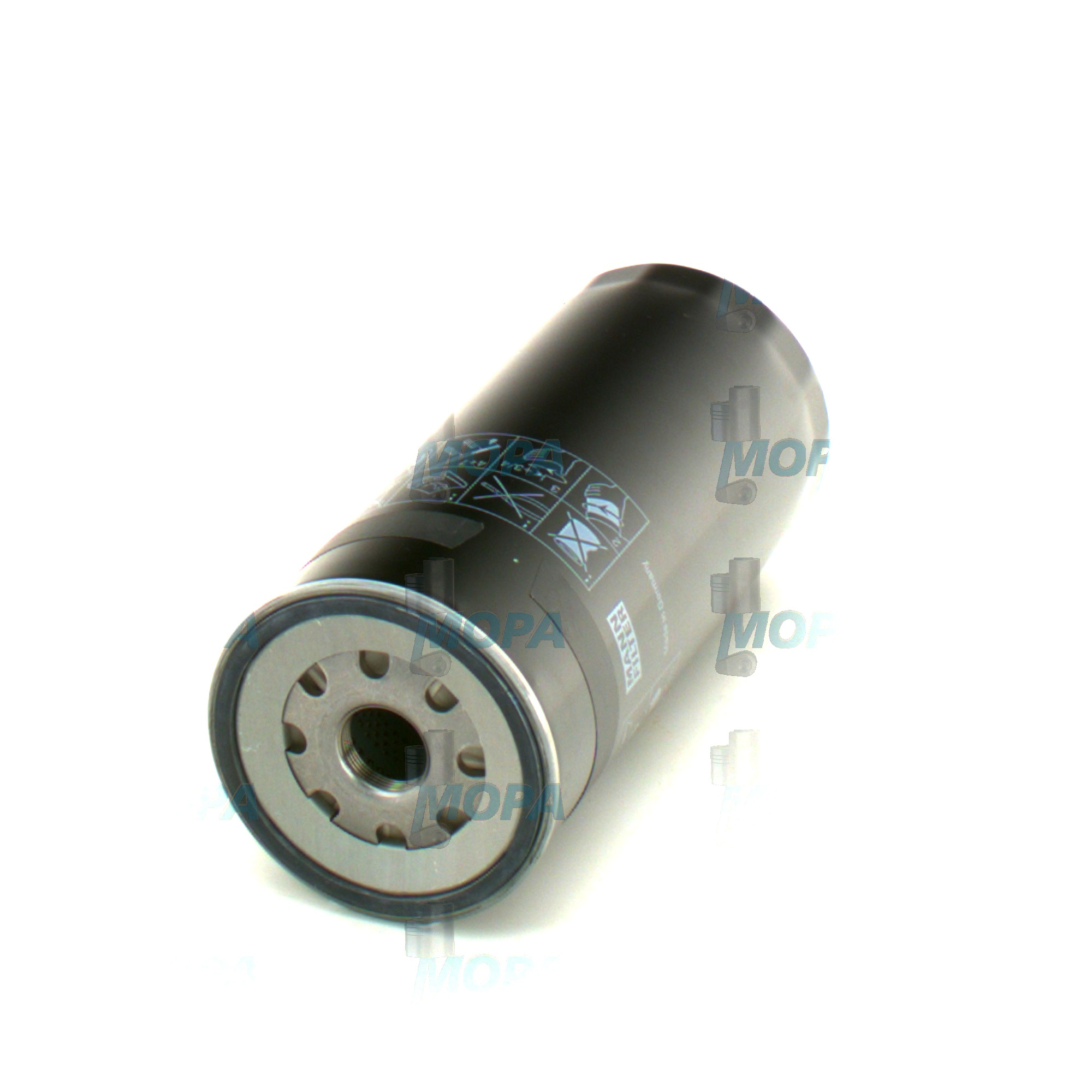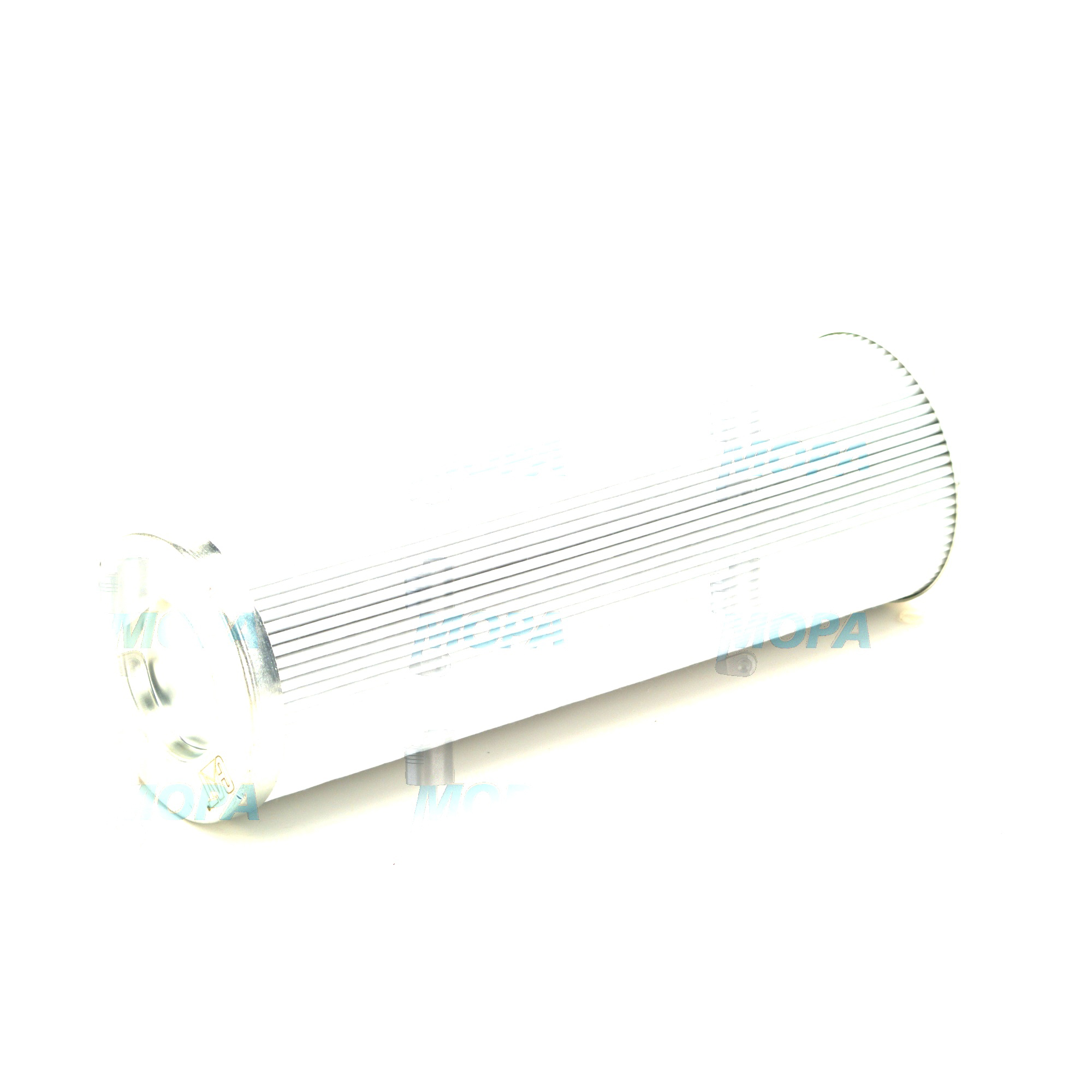SPIN-ON OIL FILTER – Filter solutions for marine and diesel engines
Filters are essential consumable components that protect engines by removing harmful particles from flowing media. Within lubrication systems, the spin-on type is among the most widely used Filter formats thanks to its compact, service-friendly design. A SPIN-ON OIL FILTER combines the housing, filtration media, bypass valve, and sealing gasket in one unit that threads directly onto the engine’s filter head. For purchasers, superintendents, and technical managers, selecting the right Filter is critical to safeguard bearings, camshafts, and turbochargers, stabilize oil pressure, and extend maintenance intervals across marine engine, diesel engine, and gas engine fleets.
Technical function of a SPIN-ON OIL FILTER Filter in engine lubrication
In a diesel engine, the oil pump draws lubricant from the sump and forces it through the SPIN-ON OIL FILTER before it reaches critical clearances. The element’s pleated media traps hard particles such as wear metals, carbon, dust, and combustion by-products. Most designs flow from the canister’s outer annulus to the center tube, delivering clean oil back to the galleries. The filter’s differential pressure (Δp) and efficiency are governed by media composition—cellulose, synthetic, or microglass—and by the pleat pack geometry. Correctly matched micron ratings and Beta efficiency (per ISO test methods) reduce abrasive circulation without imposing excessive restriction.
To protect the engine during cold starts or transient viscosity spikes, a calibrated bypass valve opens at a defined setpoint, maintaining flow if the media is temporarily overloaded. An anti-drainback valve prevents filter emptying on shutdown, minimizing dry-start wear. The can’s burst strength, baseplate thread, and gasket design are engineered to withstand high pressure and vibration environments common in a marine engine room. When specified as SPIN-ON OIL FILTER OEM parts, you obtain consistent bypass pressure settings, stable filtration performance, and dimensional accuracy that preserves sealing integrity and proper installation torque.
- · High dirt-holding capacity for extended drain intervals.
- · Calibrated bypass valve prevents oil starvation under Δp spikes.
- · Anti-drainback valve reduces wear at start-up.
- · Robust can and baseplate resist pulsation and corrosion.
- · Precise thread and gasket fit ensure reliable sealing.
- · Media options (cellulose/synthetic) tuned to engine duty cycles.
- · Stable flow rates support turbocharger and bearing protection.
How a SPIN-ON OIL FILTER supports performance, efficiency, and safety
Clean oil maintains hydrodynamic film thickness, stabilizes clearances, and helps manage temperature by avoiding friction-induced heat. Effective filtration reduces varnish formation that can stick piston rings or foul control valves. Lower wear metal concentration reduces catalytic oil degradation, allowing planned maintenance windows to be met. A properly specified SPIN-ON OIL FILTER for a diesel engine also protects auxiliary components—turbocharger bearings, rocker gear, and, on some platforms, hydraulic actuators—supporting overall efficiency and operational safety.
Importance of the Filter for reliability and service life
When the Filter is undersized, loaded, or improperly calibrated, a cascade of issues can arise:
Premature bearing and liner wear from circulating abrasives; elevated Δp causing bypass valve overuse and unfiltered oil delivery; reduced oil flow to the turbocharger, increasing shaft and journal wear; gasket weep or blow-out due to poor fit, leading to oil loss and contamination; and accelerated oil oxidation from insolubles, which shortens drain intervals. In fleet operations, these symptoms manifest as higher fuel consumption, increased blow-by, noise, and ultimately unplanned downtime. Keeping the SPIN-ON OIL FILTER in optimal condition is therefore central to engine reliability, emissions stability, and predictable lifecycle cost.
Advantages of OEM spare parts suitable for SPIN-ON OIL FILTER applications
Using OEM spare parts ensures that each Filter matches the engine’s design criteria—thread pitch, gasket dimensions, burst strength, media efficiency, and bypass calibration—so lubrication performance remains within specification across the full operating envelope. This alignment directly impacts uptime, budget control, and asset life.
- · Engineered fit: correct seal compression and thread engagement every time.
- · Verified performance: media efficiency and flow proven on the engine platform.
- · Consistent bypass settings: protects against cold-start Δp spikes.
- · Durable materials: can, baseplate, and valves withstand marine duty cycles.
- · Predictable service intervals: supports planned maintenance and inventory control.
- · Traceable sourcing: batch and spec consistency across global operations.
- · Lower total cost: fewer deviations, reduced wear, and less unplanned stoppage.
For operators standardizing across mixed fleets, sourcing a SPIN-ON OIL FILTER OEM parts portfolio simplifies logistics and training, reduces installation errors, and maintains compliance with engine-builder specifications and class expectations.
MOPA as your SPIN-ON OIL FILTER OEM parts partner
MOPA supplies OEM spare parts for Filters with a strong focus on speed, quality, and transaction security. Our team understands the demands of marine engine and power generation environments, from tight dry-dock windows to remote deliveries. We provide fast cross-references, technical clarification on media and bypass settings, and consolidated shipping for multi-brand diesel and gas engines. With MOPA, purchasers gain a dependable channel for SPIN-ON OIL FILTER OEM parts that helps keep critical equipment online, stock levels optimized, and maintenance plans on schedule.
Conclusion: Why the SPIN-ON OIL FILTER Filter matters
The SPIN-ON OIL FILTER is a core Filter element that safeguards lubrication quality, engine efficiency, and long-term reliability in marine engine and diesel engine applications. Selecting OEM spare parts suitable for these Filters preserves calibrated performance, supports planned maintenance, and protects budgets through reduced wear and downtime.










